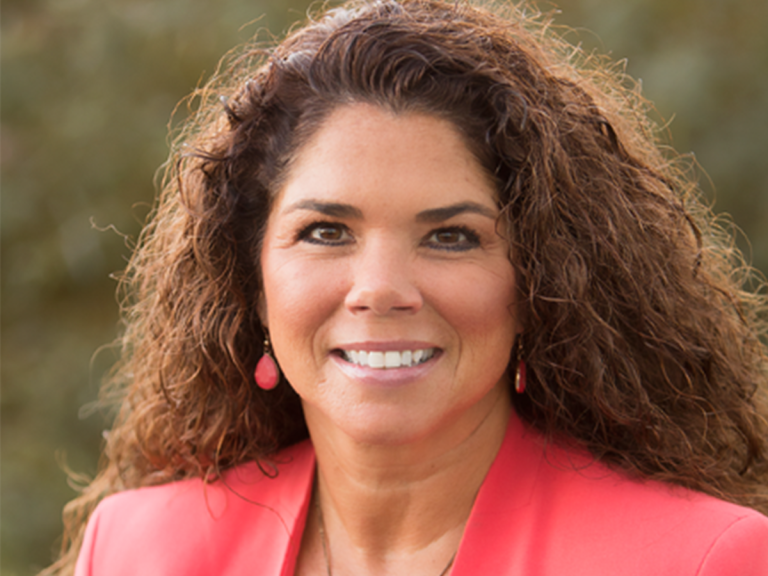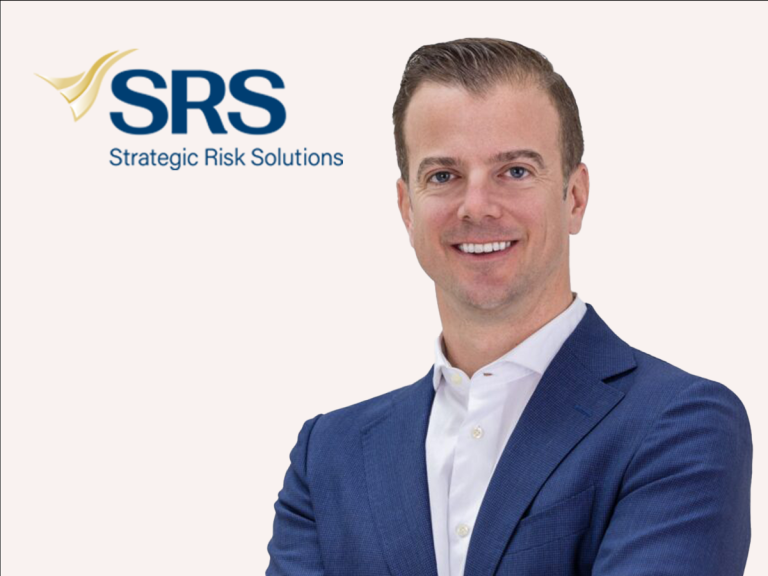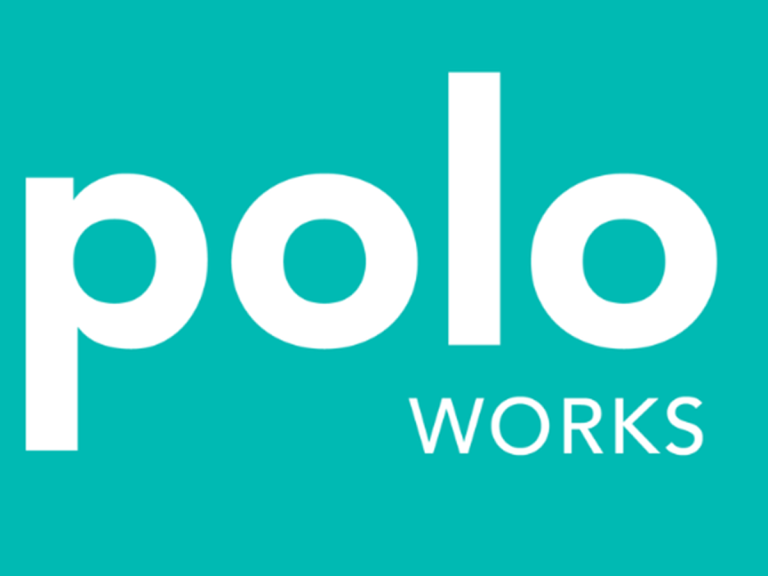Captive (re)insurers domiciled in the European Union may experience some regulatory relief from 2026 after the European Parliament circulated its agreed amendments to Solvency II.
A vote on the proposals is scheduled for 23 April and while reform has not gone as far as identifying and defining captive insurers under EU regulation, lobbyists are pleased with the progress made.
Captive Intelligence reported in December Europe’s captive market was awaiting the final text on Solvency II reform after agreement was reached between member states, but until now it had not been made public.
Subscribe to the Captive Intelligence newsletter to receive our FREE twice weekly updates with links to news, analysis and podcasts.
Charles Low, head of EU affairs at FERMA, told Captive Intelligence: “We are keen on any change to the legislative framework that would result in enterprises having more and better options for risk transfer.
“It’s possible that the amendments to Solvency II could improve the situation for captives in different Member States, and the implementation of the changes will be a focus of FERMA’s work going forward.”
Captive Intelligence has seen the amendments, although they have yet to be published alongside the existing rules.
FERMA had lobbied and hoped for a new “captive undertaking” to be defined under Solvency II, but the EU has not gone down this route.
It does, however, cite captives under its definition of small and non-complex undertakings: “‘Small and non-complex undertaking’ means an insurance and reinsurance undertaking, including a captive insurance undertaking and a captive reinsurance undertaking, that meets the conditions set out in Article 29a and has been classified as such in accordance with Article 29b.”
It is expected the majority of European-domiciled captives will fall into the new small and non-complex undertakings class, which would benefit from increased proportionality from supervisors.
The amendments state: “Undertakings complying with the risk-based criteria should be able to be classified as small and non-complex undertakings pursuant to a simple notification process.
“… Once classified as small and non-complex undertaking, in principle, it should automatically benefit from identified proportionality measures on reporting, disclosure, governance, revision of written policies, calculation of technical provisions, own-risk and solvency assessment, and liquidity risk management plan.”
The reforms do go on to specifically mention captive insurance and reinsurance undertakings in the context of the new “small and non-complex undertakings”.
“Captive insurance undertakings and captive reinsurance undertakings which only cover risks associated with the industrial or commercial group to which they belong, present a particular risk profile that should be taken into account when defining some requirements, in particular on own-risk and solvency assessment, disclosures and the related empowerments for the Commission to further specify the rules on such requirements,” the text outlines.
“Moreover, captive insurance undertakings and captive reinsurance undertakings should also be able to benefit from the proportionality measures when they are classified as small and non-complex undertakings.”
FERMA’s Low added: “What we would have liked, and what we were shooting for, was for captives to be recognised as a distinct class of insurer under Solvency II.
“The European legislators have not gone that far, but from what we understand a lot of captives will fall into this small and non-complex undertaking definition, which is great.
“Provided they meet specific criteria and qualify as small and non-complex undertakings, captives will have less regulatory red tape to deal with and the Solvency II environment should be more adjusted to the reality of being a captive.”
One of the more significant changes that would impact qualifying captives is an exemption to the requirement for audit of the annual solvency and financial condition report.
“Because of the particular risk profile and specificity of captive insurance undertakings and captive reinsurance undertakings, it is appropriate not to impose on them the audit requirement.”
Another specific example of exemptions from reporting is on climate change risks and scenarios.
“In particular, while the assessment of the materiality of exposure to climate change risks should be required from all insurance and reinsurance undertakings, long-term climate change scenario analyses should not be required for small and non-complex undertakings,” the amendments state.
It is unlikely further changes will be made to the text with vote scheduled for 23 April. If successful, the reforms will come into effect in 2026.










